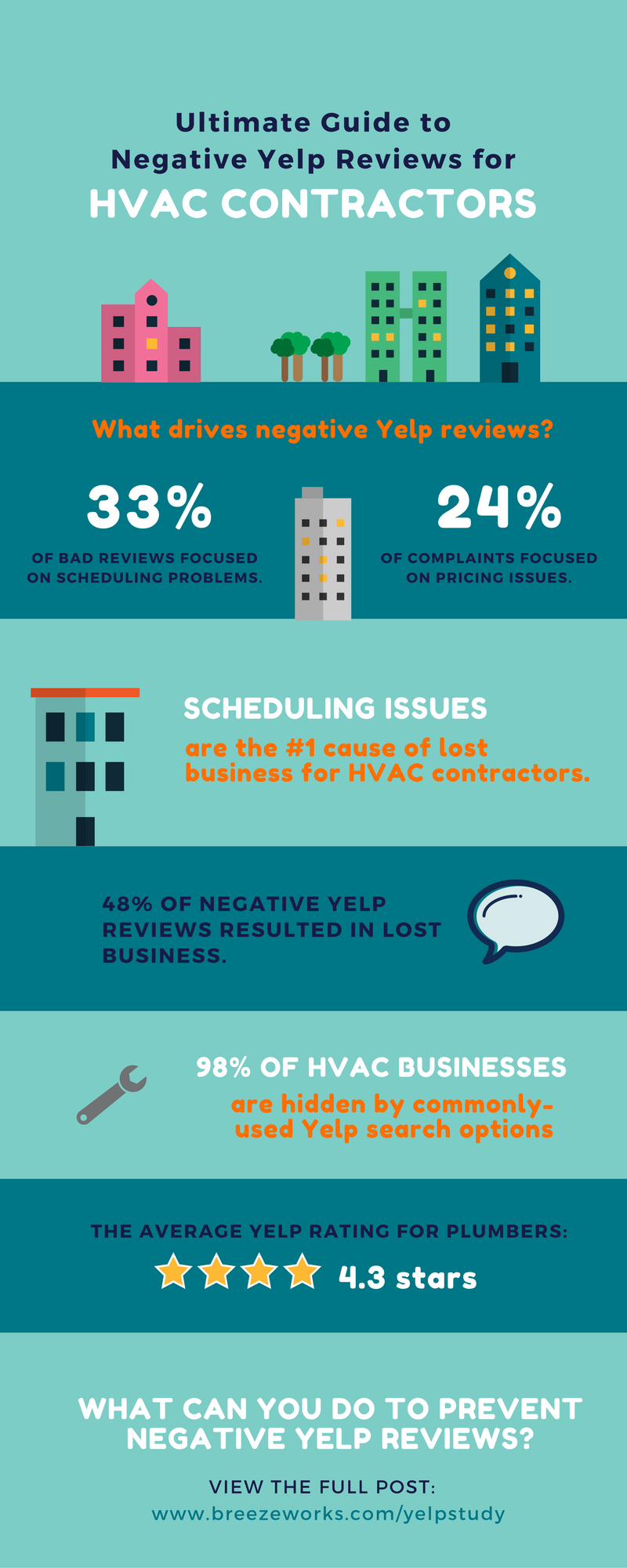Understand Exactly How To Take Full Advantage Of The Efficiency And Resilience Of Your Heat Pump System By Sidestepping Frequent Installation Pitfalls
Understand Exactly How To Take Full Advantage Of The Efficiency And Resilience Of Your Heat Pump System By Sidestepping Frequent Installation Pitfalls
Blog Article
Article Created By-Garrison McFarland
When mounting a heatpump, you have to steer clear of usual blunders that can jeopardize its performance. Neglecting appropriate sizing may bring about ineffectiveness and greater energy expenses. Neglecting insulation and securing could cause energy wastage and strain on the device. Moreover, placing the exterior device improperly may impact its performance. By preventing these errors, you can guarantee optimum working and resilience of your heat pump system.
Improper Sizing of Heatpump
When it concerns the installment of heat pumps, among the most usual blunders is improperly sizing the device for your space. Guaranteeing the appropriate size is crucial for optimal performance. If the heatpump is too small, it will struggle to warm or cool your area effectively, bring about boosted energy costs and potential wear and tear on the device.
On the other hand, if the heat pump is also huge, it will cycle on and off regularly, triggering temperature level variations and reducing its life expectancy.
To avoid this mistake, it's necessary to have a specialist examine your area and advise the appropriate dimension of the heatpump based on aspects like square video footage, insulation, ceiling elevation, and neighborhood environment. By spending the moment and effort to ensure the right sizing, you can take pleasure in a comfy atmosphere while taking full advantage of energy effectiveness and extending the lifespan of your heat pump.
Inadequate Insulation and Sealing
To make sure the efficient operation of your heatpump, it's crucial to deal with insufficient insulation and securing in your space. Appropriate insulation assists preserve a constant temperature level inside, lowering the work on your heatpump. Poor insulation can cause power loss, making your heatpump job harder and less successfully.
Sealing any type of voids or leaks in your area is similarly important. These spaces allow conditioned air to run away and exterior air to seep in, compeling your heat pump to compensate for the temperature level variations.
Wrong Positioning of Outdoor System
Attending to the positioning of your heat pump's outside system is essential to optimizing its performance. Setting up https://www.achrnews.com/articles/144950-nest-pro-virtual-summit-highlights-partnership-between-google-and-hvac-contractors in an incorrect place can bring about efficiency concerns and prospective damages to the system.
One common error to stay clear of is positioning the exterior system too near a wall or various other frameworks. This can restrict airflow, triggering the unit to work more challenging to heat or cool your space, eventually minimizing its performance and life-span.
Another mistake to avoid is putting the outside unit in straight sunshine. While some sunlight is unavoidable, excessive direct exposure can lead to getting too hot, particularly throughout warm summer days. It's finest to position the outdoor unit in a shaded area to help maintain its optimal operating temperature.
Furthermore, see to it that the exterior device is placed on a stable and degree surface area. https://pro-clean-window-cleaning28406.kylieblog.com/31699872/a-comprehensive-overview-to-choosing-the-appropriate-heat-pump-dimension-for-your-home can trigger resonances and unnecessary strain on the system, influencing its performance with time.
Verdict
To conclude, preventing usual errors during heatpump installation is important for making the most of performance and long life of your system. By making sure correct sizing, appropriate insulation, securing, and correct positioning of the outside unit, you can protect against issues such as ineffectiveness, increased energy expenses, and pressure on the unit. Putting in the time to address these essential variables will eventually save you time and money in the future.
